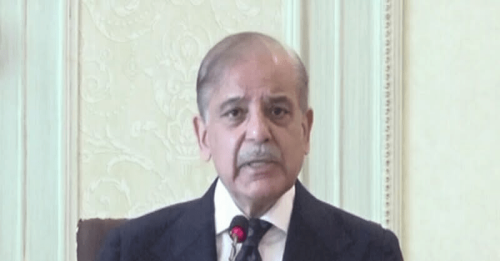GETTING children into school is one thing, educating them is quite another. The Annual Status of Education Report 2018, launched in Islamabad on Tuesday, shows that while there is an improvement in Pakistan’s school enrolment rates, the students in its rural areas are appallingly behind in their levels of learning. The findings are based on a survey of 260,069 children between three and 16 years of age enrolled in public and private schools. For an overall snapshot, consider the following. Of the fifth graders surveyed in rural areas, 48pc cannot read a sentence in English and 44pc are unable to read a story in Urdu, Sindhi or Pashto from class 2 level textbooks. Forty-seven per cent of them cannot do two-digit division. Comparing how the provinces score today with the results in the 2016 report is an illuminating exercise. For example, Sindh and Balochistan remain where they were two years earlier in terms of the percentage of fifth graders unable to read a sentence in English from a class 2 level textbook, while Punjab, KP and Gilgit-Baltistan have shown improvement. Where reading a story in Urdu, Sindhi or Pashto is concerned, Balochistan, KP and GB have improved their scores, Punjab has remained static, while Sindh has actually regressed.
For decades, the abysmal level of school enrolment was the principal concern in Pakistan’s education sector. A number of initiatives — particularly targeting girls of school-going age — were launched, such as providing basic facilities that were missing, linking school attendance with stipends or free ration, etc. These measures are to some extent bearing fruit, although access to secondary education for girls remains a huge challenge in some parts of the country for various socio-cultural reasons as well as resource constraints. Enrolment is of course only one aspect of Pakistan’s ‘education emergency’; it is, or should be, the means to getting a quality education. However, according to the Aser report, “although students in Pakistan are expected to achieve nearly nine years of schooling, this equates to only 4.8 years of actual learning”. That places us behind our regional neighbours, including Afghanistan. Fortunately, better prospects await. Provinces have enhanced standards of teacher recruitment, and improved their training and salary structure. They must persevere on this path. While improvement in school infrastructure and management gives instant, visible results, it is the quality of education that will drive economic growth and determine the future of this nation.
Published in Dawn, February 25th, 2019











































